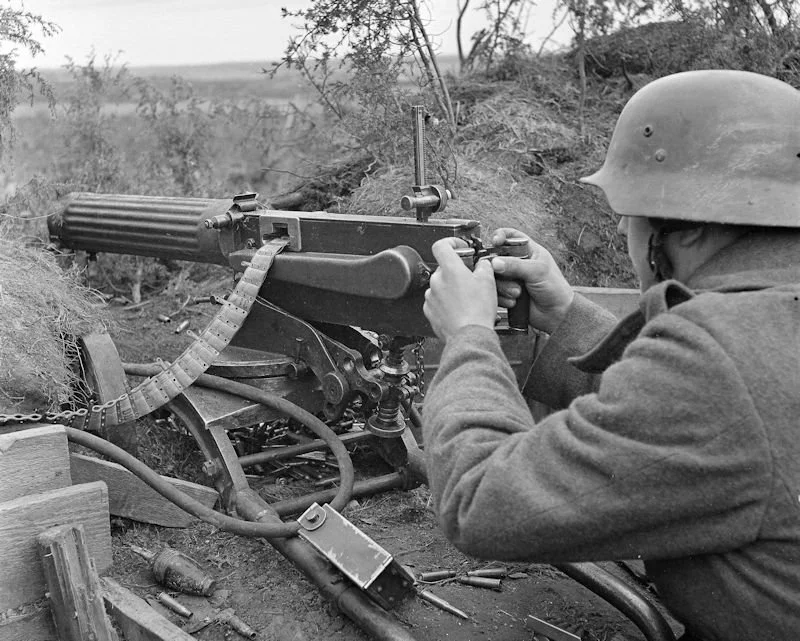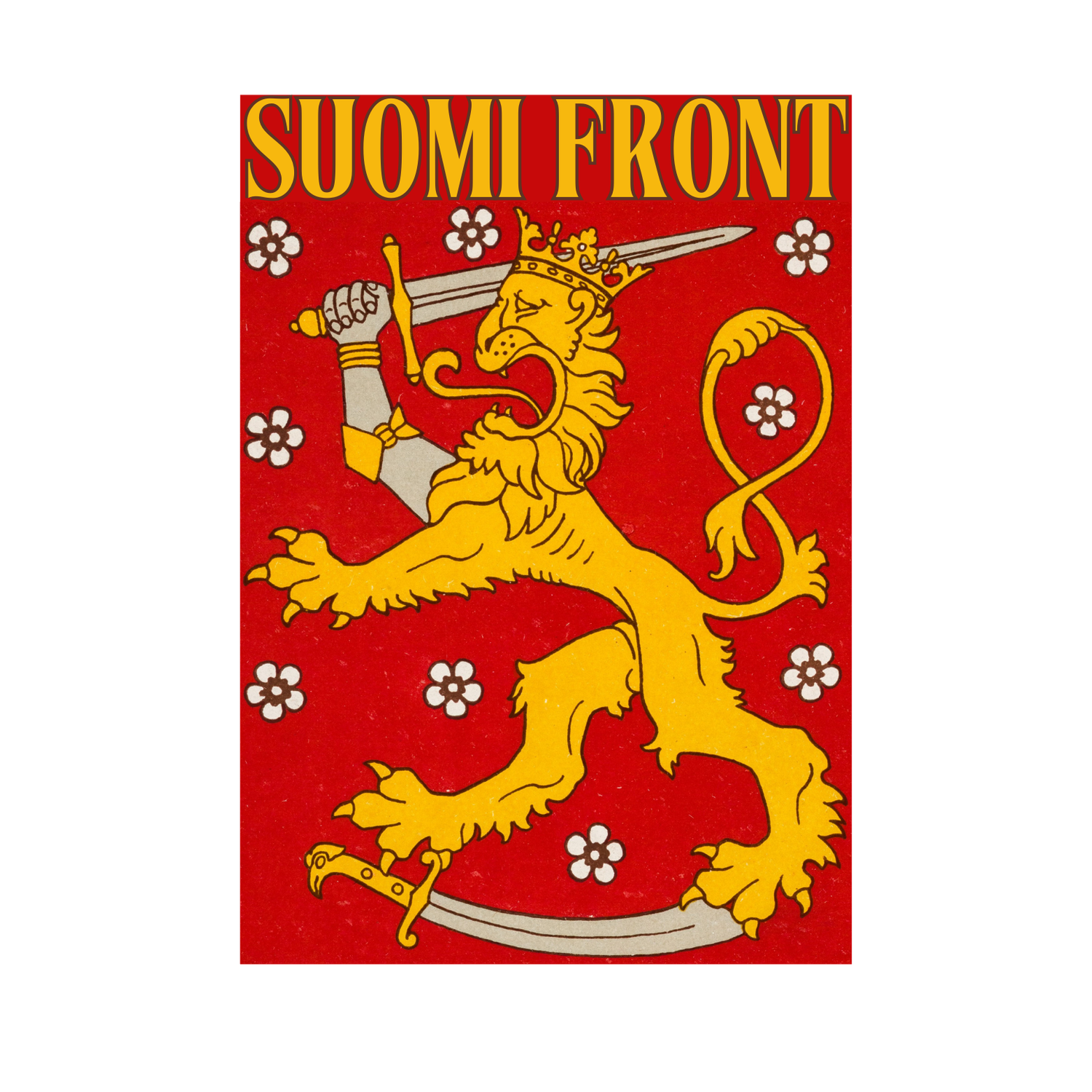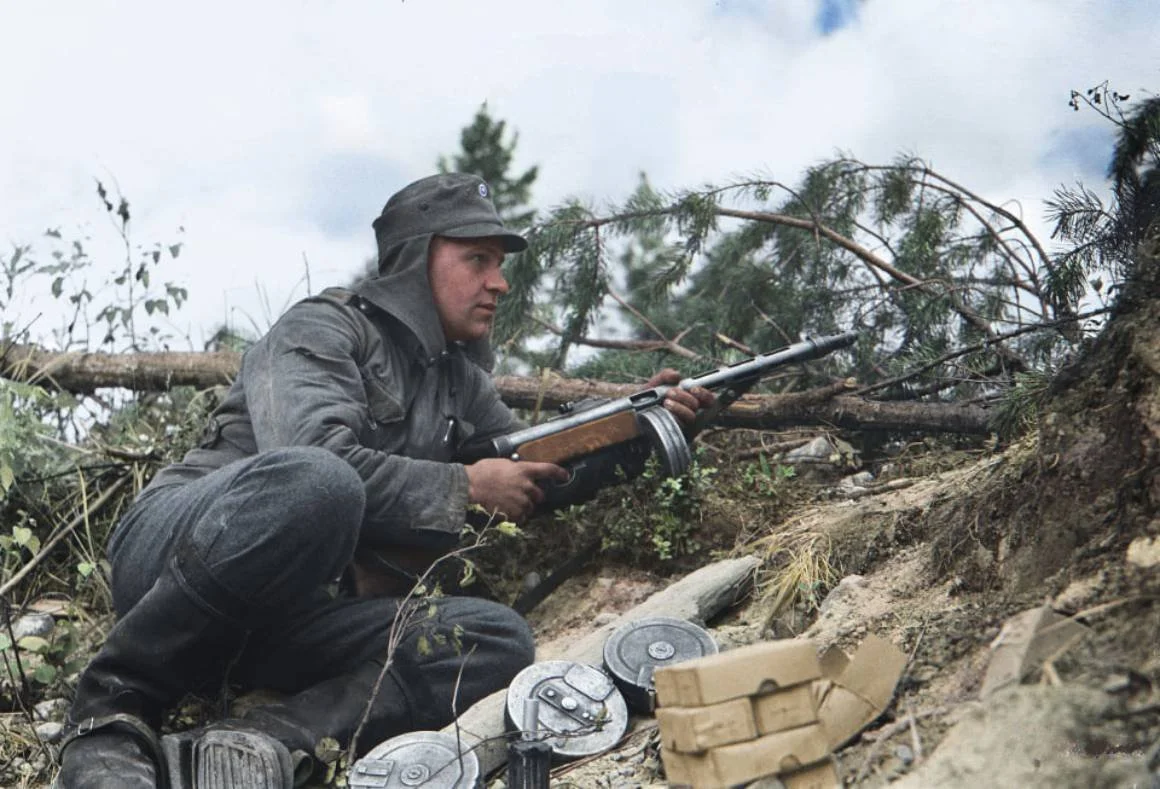
“They are so many, and our country is so small, where will we find room to bury them all?”
The Winter War (30 November 1939 – 13 March 1940)
The Winter War (Talvisota) was a military conflict between the Soviet Union and Finland that took place from November 1939, to March 1940, lasting 103 days. The war began when the Soviet Union invaded Finland, seeking to gain territory and strategic advantages. Despite being significantly outnumbered and outgunned, the Finnish forces put up a strong resistance in what became known as the "Winter War."
The harsh winter conditions in Finland, including heavy snow and freezing temperatures, proved challenging for the Soviet troops who were not well-prepared for the terrain. The Finnish soldiers on the other hand utilized their knowledge of the land and employed guerilla tactics to their advantage.
One of the most famous aspects of the Winter War was the defence of the Mannerheim Line, a defensive fortification built by the Finns along the border with the Soviet Union. The line played a crucial role in slowing down the Soviet advance and inflicting heavy casualties on the invading forces.
Despite their brave resistance, Finland was eventually forced to cede territory to the Soviet Union in the Moscow Peace Treaty signed on March 13, 1940. The Winter War had a significant impact on both countries, shaping their future relationships and strategies during World War II.
The Continuation War (25 June 1941 – 19 September 1944)
The Continuation War (Jatkosota) was a conflict between Finland and the Soviet Union that occurred from June 1941 to September 1944. When Germany invaded the Soviet Union in Operation Barbarossa, Finland saw an opportunity to regain the territories lost in the Winter War and launched the Continuation War against the Soviet Union.
During the Continuation War, Finnish forces, a co-belligerant of Germany, fought against the Soviet Union to reclaim lost territories and push Soviet forces back. The Finnish military, learning from the Winter War, improved its tactics and coordination with the German forces. The most significant battles of the Continuation War included the capture of Petrozavodsk and the Battle of Tali-Ihantala.
As the tides of World War II turned against Germany and its allies, Finland faced increasing pressure to make peace with the Soviet Union. A ceasfire was declared on September 4, 1944, and the Moscow Armistice was signed on September 19, ending the Continuation War. Finland was forced to cede more territory to the Soviet Union and pay reparations but retained its independence.
The Continuation War had lasting effects on Finland, shaping its post-war relations with the Soviet Union and influencing its policies during the Cold War
The Lapland War (15 September 1944 – 27 April 1945)
The Lapland War (Lapinsota) was fought between Finland and Nazi Germany from September 1944 to April 1945. After Finland signed the Moscow Armistice with the Soviet Union, the Finns were obligated to drive German forces out of Finnish territory. The Lapland War ensued as Finnish troops, supported by some elements of the Soviet air force, fought against the retreating German forces in northern Finland, particularly in the region of Lapland.
The Lapland War was characterized by harsh conditions and challenging terrain, similar to the Winter War. The Finnish forces pursued and engaged in battles to expel the German troops from Finland but were significantly hampered by the Soviet requirement for Finnish de-militarisation and Germany’s policy of “scorched earth”. This resulted in the destruction of between 40-60% of property in Lapland, and over 9,000km of roads.
The Lapland War ended Finland's involvement in World War II.



